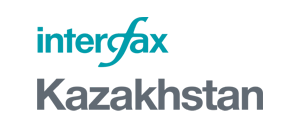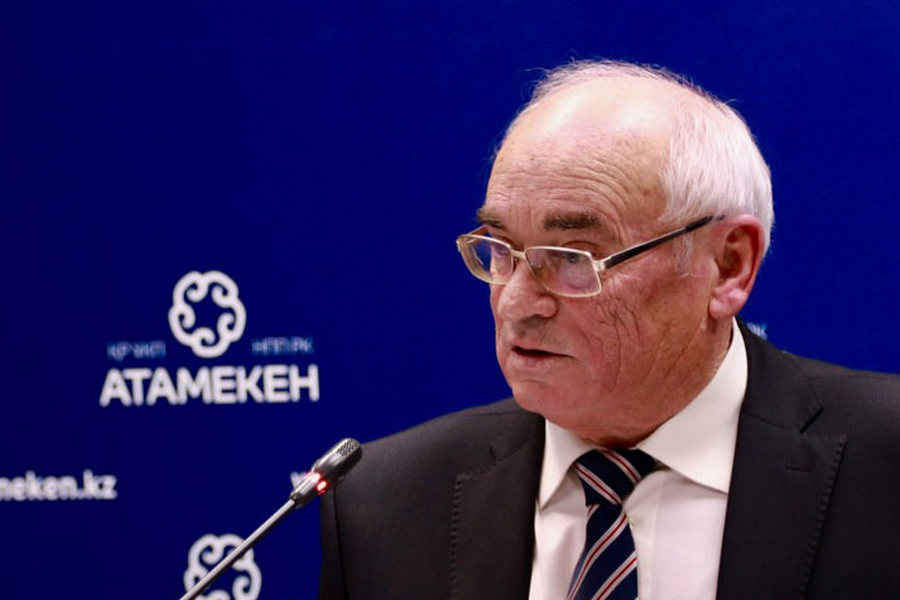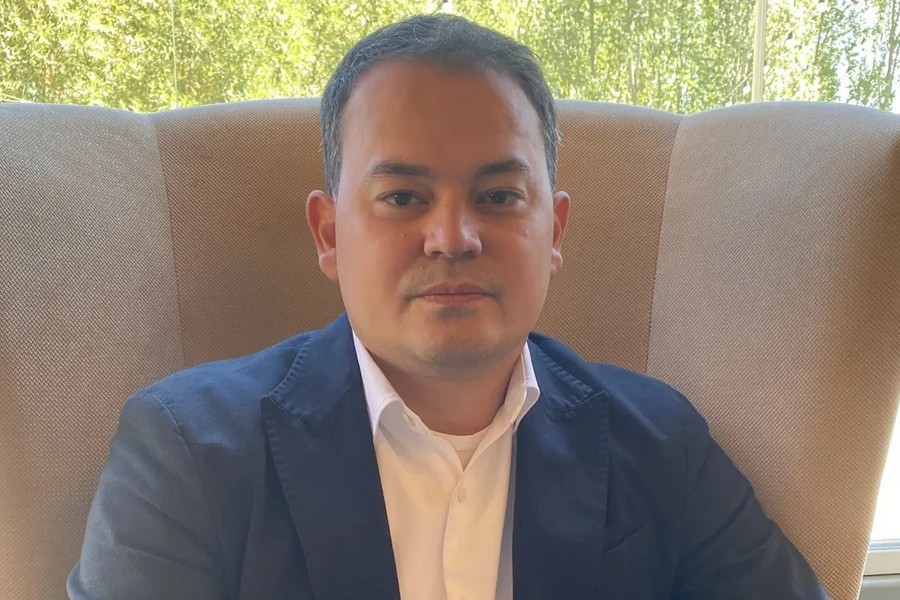Astana Motors Executive Director Anton AFONIN:
AUTO MARKET NOT TO DEMONSTRATE REAL GROWTH UNTIL 2018-2019

The recovery of the domestic auto market will be long enough as no prerequisites for improvement can be seen today. However, Astana Motors have big production plans for the near future, Astana Motors Executive Director Anton AFONIN told Interfax-Kazakhstan in an interview.
- How many cars did Astana Motors sell in 2015 and how many do you plan to sell in 2016?
- In 2015, Astana Motors sold 15,509 cars. Under the most optimistic scenario we may sell about 11,000 cars in 2016. At the same time we do understand that this is a preliminary forecast and the sales will depend on many macroeconomic factors, including the oil prices.
- What effect did the preferential loan program produce on the automotive industry? Do you think the government should continue supporting the industry to help overcome the current situation?
- The preferential loan program was a very helpful and timely measure, and the government provided substantial support for the young automotive industry of the country. As you may remember, the first five months of 2015 saw a decline in the car sales. This program came into existence at just the right moment, and it has helped to support the demand for cars and to slow the fall in auto loans. As a result, over 4,000 new cars were sold at reasonable prices. Having received this money from their clients, the car makers have become able to make due payments to their suppliers, to accommodate new orders and, thus, to stimulate the related industries – transport, component production, maintenance, insurance. This is a long-term program and all provided loans were denominated in tenge. I reckon this should not be the only program to support the industry.
- Do you expect the car prices to change this year?
- I think the prices will go down in dollar equivalent. For example, Hyundai Accent vehicles have already decreased in price.
In late 2014 Astana Motors began negotiations with the manufacturers about price parity within the Eurasian Economic Union (EEU).
As a result of difficult negotiations, we managed to convince nearly all of our partners to harmonize prices within the EEU. The global automakers agreed to adjust their prices specifically for our market. This is not just preferences but an attempt to adopt a one-price policy within EEU.
Now we are pleased to announce the reduced prices for BMW and MINI cars, some of which having become 30% cheaper.
- How many vehicles did Astana Motors produce in 2015? What is the production target for 2016?
- Last year the company sold 253 commercial vehicles. In 2016 we plan to produce 692 vehicles. The commercial vehicles include not only Korea’s Hyundai vehicles but also China’s FAW heavy duty trucks, which we started manufacturing in November 2015. In 2016 we plan to manufacture 180 FAW and 512 Hyundai trucks, including 192 Hyundais that will be exported to Russia in February 2016 under a sales contract with Hyundai Truck Siberia. This demonstrates a 60% increase compared with 2015.
- What is your outlook for the automotive market for this year?
- The buyers are most likely to remain interested in the cars, both economy and premium, with the biggest discount. This will be the main trend in 2016. The sales in the last months of the previous year already showed that the best selling brands were those that lowered their prices, including Nissan and Toyota. Astana Motors found a new market niche and now plans to offer vehicles below $10,000 in price as we expect the demand for such cars to grow considerably. In December last year, we offered for sales Japan’s Datsun, a modern and very convenient car for an affordable price.
Today, we offer auto loan programs to our clients. In addition to the mentioned program of preferential loans that are offered at 4% per annum to buy Kazakhstan-made Hyundai vehicles, we launched our own loan program which will make the vehicles more affordable for the buyers.
As you may know, Kazakhstan is now focused on development of its automotive industry. Our successful cooperation with Hyundai is in line with this direction. Last year we launched production of FAW heavy duty trucks that are in great demand in the domestic market. Bus manufacturing is another promising niche. Today we already produce small buses and we intend to launch production of long-distance buses as the domestic fleet is becoming more and more obsolescent and needs about 50,000 new buses each year.
- How long do you think it will take the market to recover?
- Even if we take the most favorable scenario, the recovery will be long enough, because the market has already shrank considerably and, unfortunately, there are no prerequisites that would show us that the market will recover very soon. In my opinion, the market will start stabilizing after the third or fourth quarter 2016 to enter a phase of slow gradual growth: the exchange rate will become more or less stable and the people will get used to the new reality. The sector of premium cars is unlikely to change but the demand for economy cars may drop further. Nevertheless, the demand for new cars will always be there. The market is now closed for imports of second-hand cars, so the sales of new cars could be a driver for the market.
We reckon the domestic auto market will not show any changes until 2017. In my opinion, a real growth cannot be expected until 2018-2019. However, a lot will still depend on the global oil prices and many other macroeconomic factors.
- Thank you for your time.
February, 2016
© 2025 Interfax-Kazakhstan news agency
Copying and use of these materials without reference to the source is prohibited
Archive





